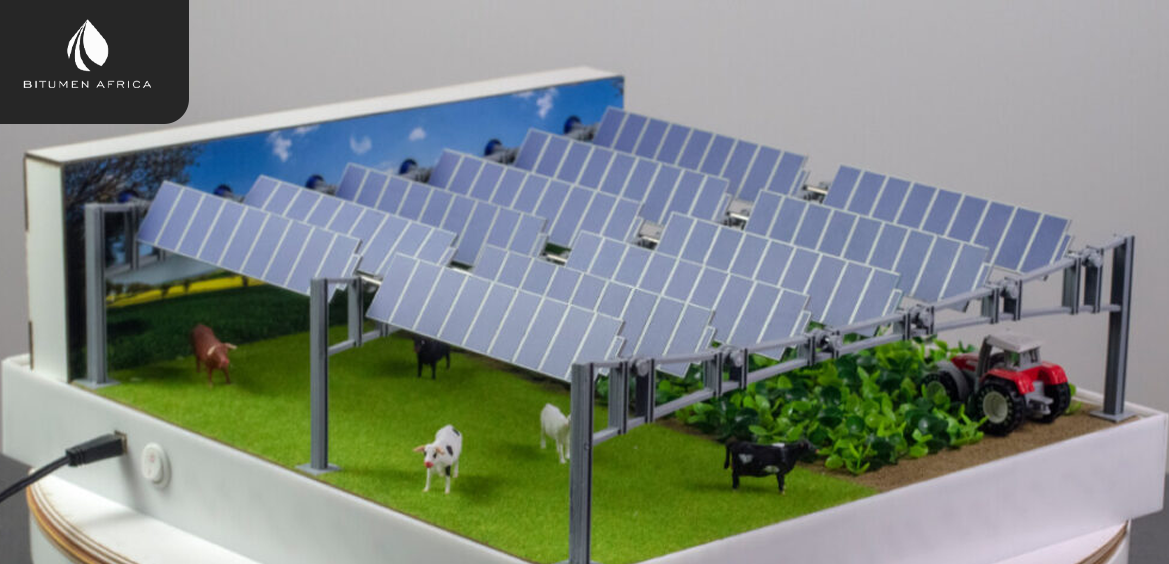The United States’ clean energy transition is being slowed down by complex permitting processes, bureaucratic delays, and local opposition, which have significantly hampered the development of large-scale renewable energy projects. The International Energy Agency (IEA) highlighted in 2024 that it often takes as long to secure permits for renewable projects as it does to build them, adding that slow grid expansion further complicates the situation. While the U.S. has made progress — with wind and solar surpassing coal in the national energy mix for the first time in 2024 — the pace of growth remains insufficient to meet the country’s target of cutting emissions by 50-52% by 2030. Experts are now skeptical about achieving the Biden administration's goal of generating 80% of power from clean energy by the decade’s end, with some questioning if even 60% is achievable.
To accelerate progress, the U.S. needs to expand grid infrastructure, simplify permitting procedures, and provide stronger policy support for renewables. Although solar energy is already cost-effective — with solar PV module costs falling by 99% over the last four decades — further technological advances and cost reductions are needed to make solar more competitive with natural gas, which still dominates the energy mix. Lower installation costs and faster project completion times would also attract more investment, especially as the policy environment around renewables becomes less supportive.
A promising breakthrough from Charge Robotics, a start-up founded by MIT alumni, may help tackle two major obstacles: high installation costs and long wait times. Charge Robotics has developed portable solar energy factories that can be transported to project sites, where robotic systems automatically assemble solar farms. This automated process includes feeding materials like tracks, mounting brackets, and panels into the system and using robotic vehicles to position completed solar farm sections. This innovation could significantly reduce both costs and project completion times, giving a much-needed boost to the U.S. clean energy sector.

